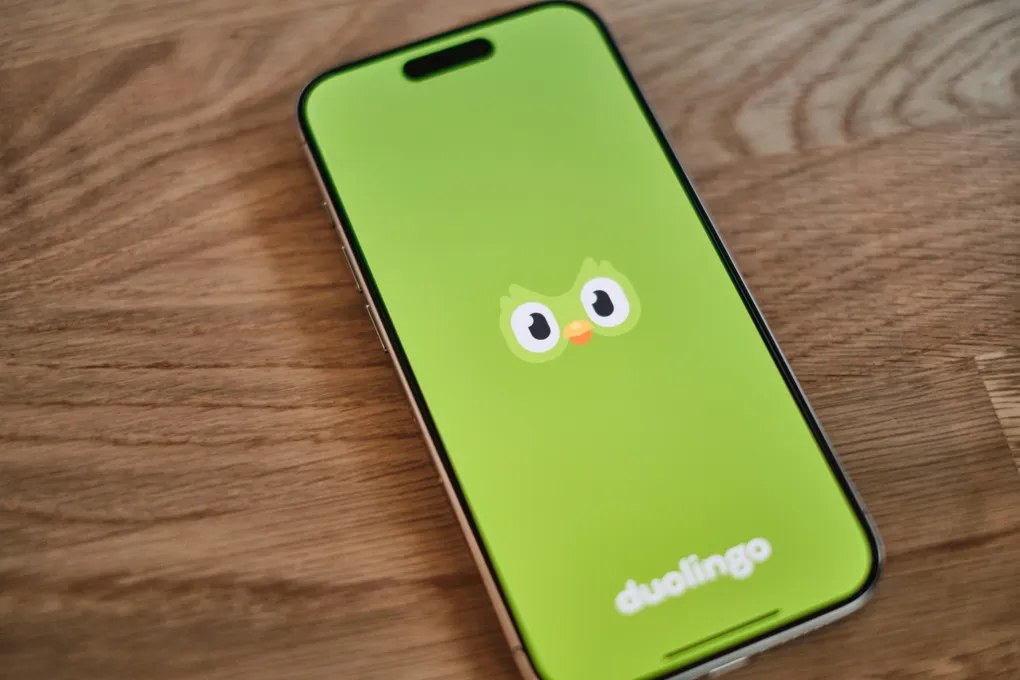Introduction
After a 628-day streak, I finally quit Duolingo: it just wasn’t working for me anymore. If you’ve read my earlier post about spending a full year learning Norwegian on the app (365 Days of Learning Norwegian on Duolingo), this might come as a surprise. But after nearly two years of daily practice, I reached a point where continuing no longer made sense. Here’s why.
1. I Was Buying Time With Streak Freezes
For the past month or so, I wasn’t really learning. I was burning through my reserve of gems just to keep my streak alive. That’s not language learning, that’s just digital hoarding.
2. It Stopped Being Fun
What started as a light, gamified way to practice began to feel like a chore. I’d open the app out of obligation, not curiosity. That’s never a good sign.
3. It Became a Daily Obligation I Didn’t Need
I’ve been consciously trying to eliminate unnecessary obligations from my life. Duolingo started to feel like one of those things I could live without.
4. Learning Plateaued
I wasn’t learning enough anymore, at least not from Duolingo alone. My free time is limited, and I couldn’t justify investing more of it into a tool that no longer matched my learning needs - especially for a language I may not use often or ever.
5. The Developer Choices Felt Off
When Duolingo laid off contract workers and replaced them with AI-generated content (source), it left a bad taste in my mouth. It felt like a step away from quality, not toward it.
6. Too Much Super Duolingo Pressure
Like many free users, I started feeling constant pressure to upgrade to Super Duolingo. It’s one of the biggest problems people mention with Duolingo lately. Ads were everywhere. The free version started to feel like a funnel rather than a functional learning tool.
7. Inconsistent Challenge Levels
Some exercises were insultingly easy, others unreasonably hard. The pacing and difficulty curve didn’t make for an effective learning experience.
8. The Streak Lost Its Meaning
At the end of the day, a 628-day streak is just pixels on a screen. It doesn’t reflect my actual grasp of the language. It’s a vanity metric and I’m done chasing it.
9. The Gamification Got Stale
I genuinely liked the gamified elements of Duolingo. But gamification only works if it complements the learning. A five-minute, ad-filled session that repeats itself doesn’t help me move forward.
10. Quality Has Declined
Maybe I’m just pickier now, but it feels like the overall quality of the lessons has dropped since I started. And Duolingo still hasn’t fixed basic issues like not recognizing spoken numbers in Norwegian. That’s been broken the whole time I’ve been using it.
Is Duolingo Still Worth It in 2025?
Duolingo isn’t useless - it gave me a solid foundation in Norwegian, and for that I’m thankful. But as a long-term tool for serious language learning, it doesn’t hold up for me anymore. If you’re just starting out, it might help you get the basics. But for real progress or fluency, I don’t think Duolingo is enough in 2025.
Key Takeaways
- Duolingo can be useful for beginners, but falls short for long-term learners
- Gamification loses impact over time if not backed by meaningful learning
- Pressure to upgrade and declining quality reduced its value
- Language learning needs variety and depth - not just daily streaks
What’s Next?
No more language learning for the time being for me. Who knows, maybe I’ll write about learning something else soon?

